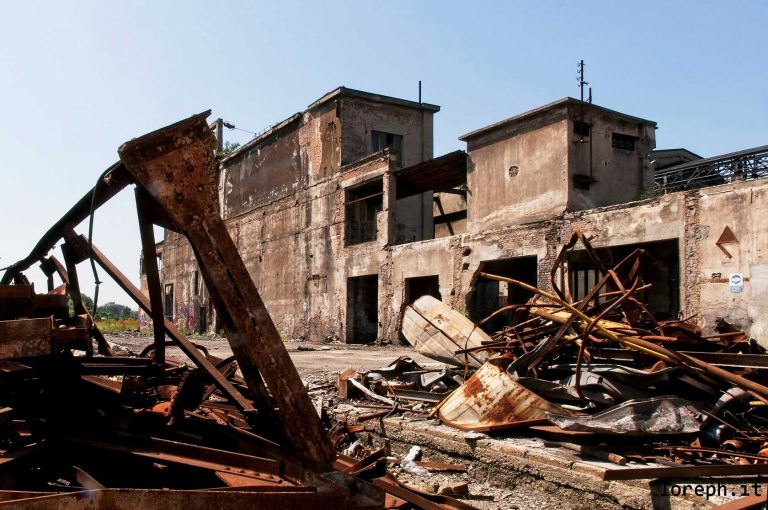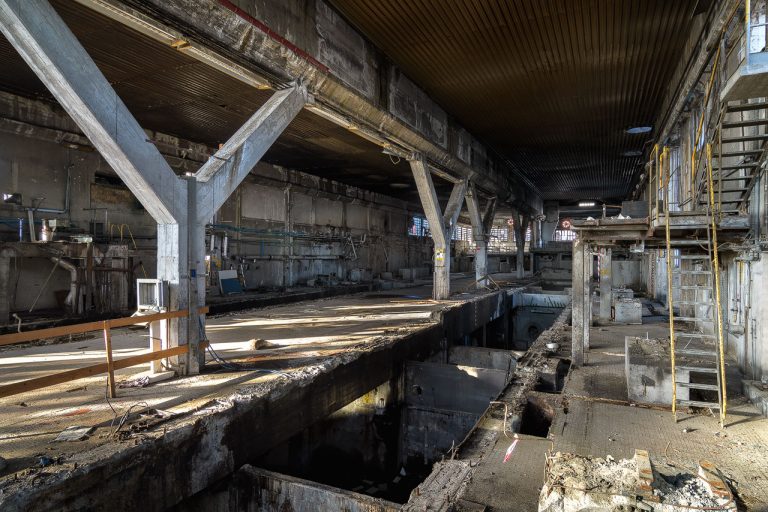VÖLKLINGER HÜTTE [DE]
Exploration #159. Völklinger Hütte is a steel complex located in the German town of Völklingen in the Saarland. Construction began in 1873 when engineer Julius Buch Steel installed the first machines near the town of Völklingen to produce iron girders and railway sleepers by digging iron ore in the Luxembourg mines. The factory ceased operations in 1879. The abandoned site was bought by Carl Röchling two years later and the first blast furnace was built in 1883. At the end of the 19th century, the factory became one of the most productive in Europe and the first centre for the production of beams in Germany. The centre was the first in the world to apply the dry gas purification method, creating the plant in 1911.
After the First World War, the Treaty of Versailles in 1919 granted France ownership of the coal mines, including the Völklingen plant, and placed the Saar basin territory under the mandate of the League of Nations. The plebiscite of 13 January 1935, in favour of joining Germany, obtained an overwhelming majority and the factory became German again.
During the Second World War, 13,000 men, women and children, mainly from Russia, Poland and Yugoslavia, worked in the forges and steelworks under very harsh conditions. Among these ‘Zwangarbeiter’ (forced labourers), about 260, of whom 60 were children, died in the plant. After the war, the Saar was included in the French occupation zone and the administration of the factory returned to France until it was annexed to West Germany on 1 January 1957.
From the end of the Second World War until the end of cast iron production in 1986, only minor modernisation and maintenance changes were made. The factory reached its peak production level during the construction boom. The number of workers reached over 17,000. From 1975, the global steel crisis was also felt in the Saar. The steel and metallurgical complexes in Völklingen and Burbach, under the name ARBED-Saarstahl, did not escape this decline. Thousands of workers lost their jobs and the factory stopped production in 1986.
In 1987, an association was created to preserve buildings and equipment and make them a centre of industrial heritage in the Greater Region. Ownership of the factory was then transferred from Dillinger-Hütter-Saarstahl AG to the regional government of Saarland and the site was declared a cultural monument by the regional law on the protection and preservation of monuments. The complex was listed as a UNESCO World Heritage Site in 1994: it was the first industrial monument to appear on this list (source: wikipedia).






















